Fish Farming Report: Recommendations, Profitability, and Solutions
VerifiedAdded on 2020/05/08
|8
|909
|226
Report
AI Summary
This report provides a comprehensive analysis of fish farming, offering recommendations for future improvements and profitability. It explores various fish farming methods, from small-scale to large-scale enterprises, and emphasizes the importance of government activity in aquaculture development, particularly in the small-scale farming sector. The report highlights the potential for integrating fish farming into existing agricultural practices to generate additional income and improve water management. It discusses the economic aspects of different farming approaches, including extensive, semi-intensive, and intensive farming, and underscores the importance of research in understanding and improving farming systems. The report also addresses solutions for sustainable fish farming, such as closed containment systems to minimize environmental impact, and the Velella Project's approach to sustainable fish meal and oil. It emphasizes the need for visibility in aquaculture value chains, e-traceability, and real-time business intelligence to reduce operational costs and enhance quality. Furthermore, the report discusses the impacts of fish farming on the environment, including waste management and the potential for disease, and offers suggestions for mitigating these issues through improved practices and technologies.
1 out of 8
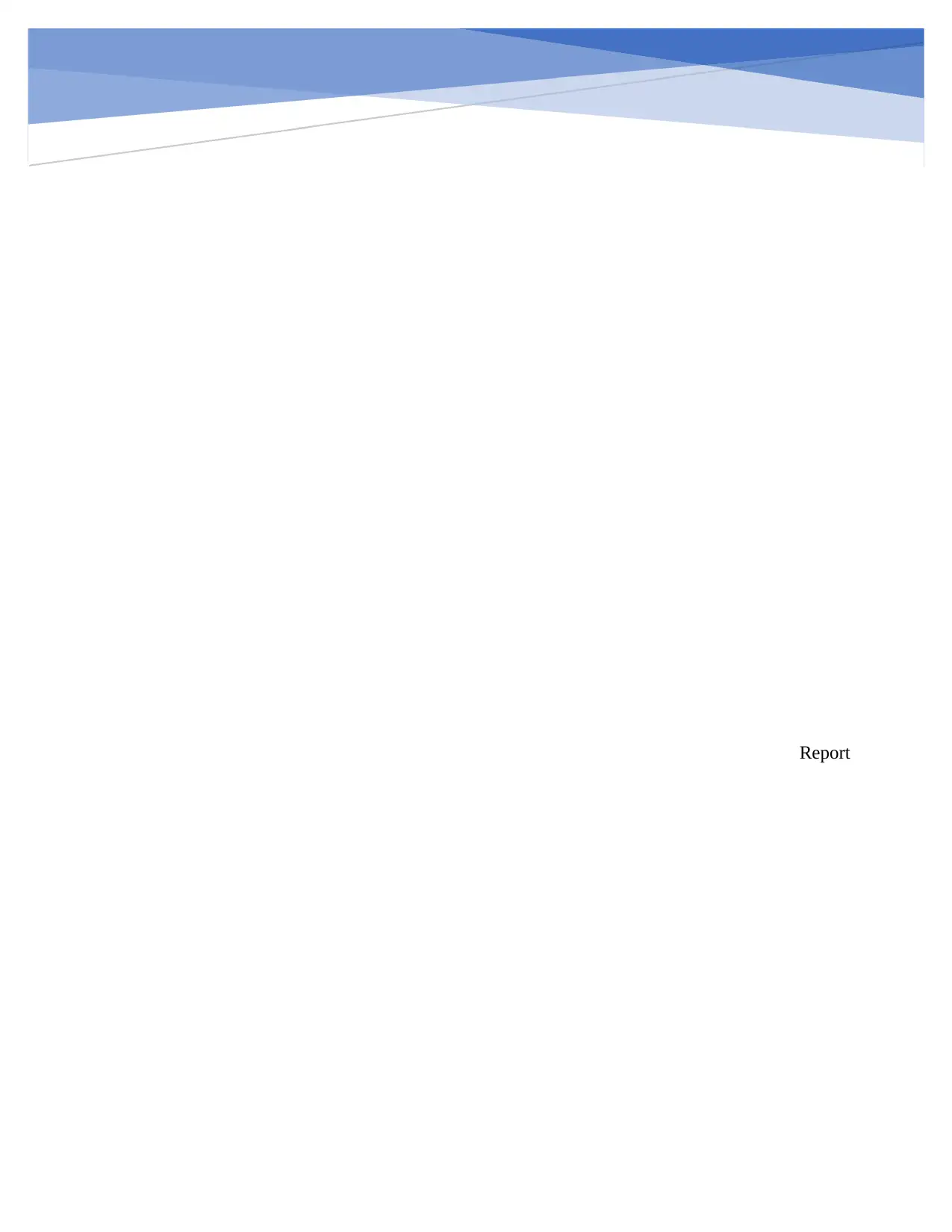
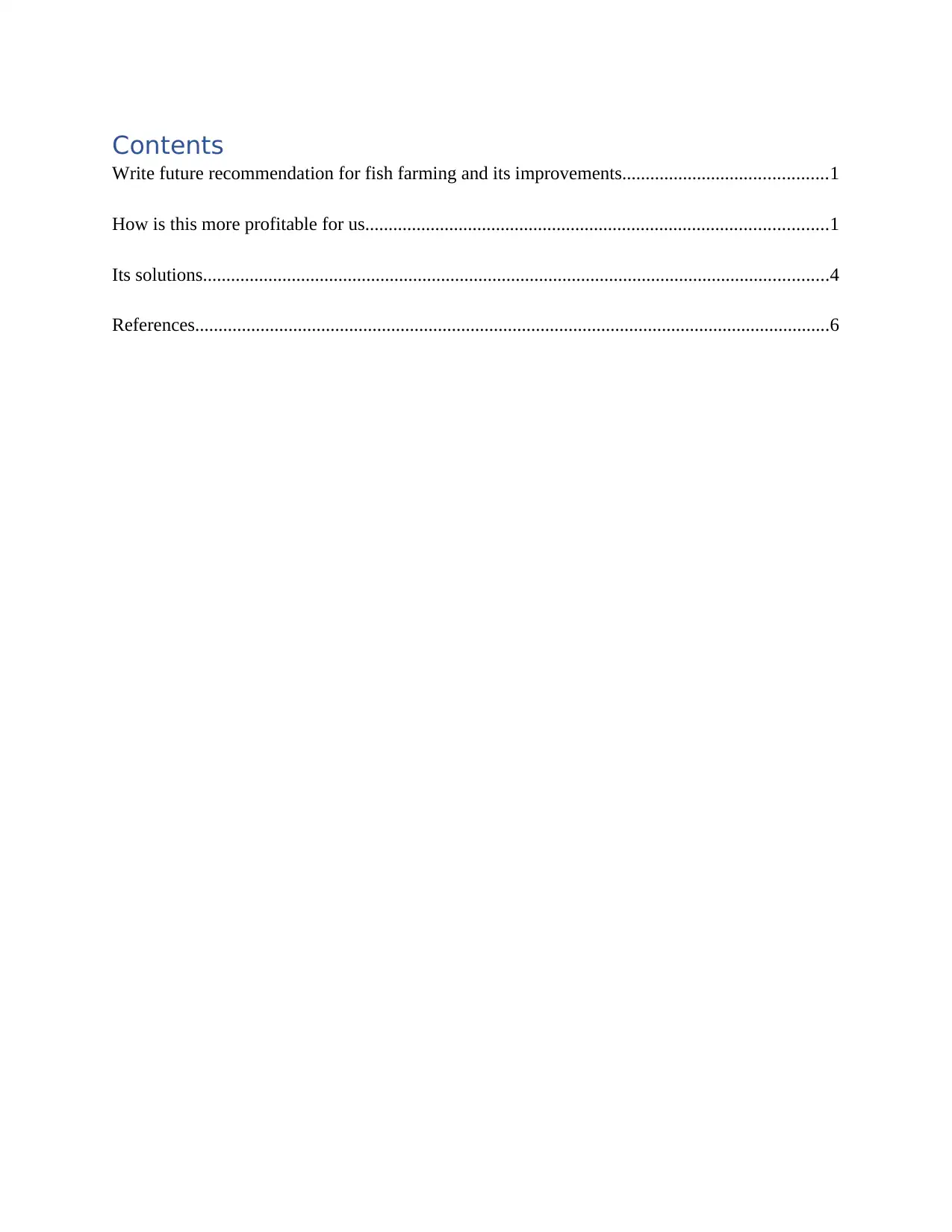
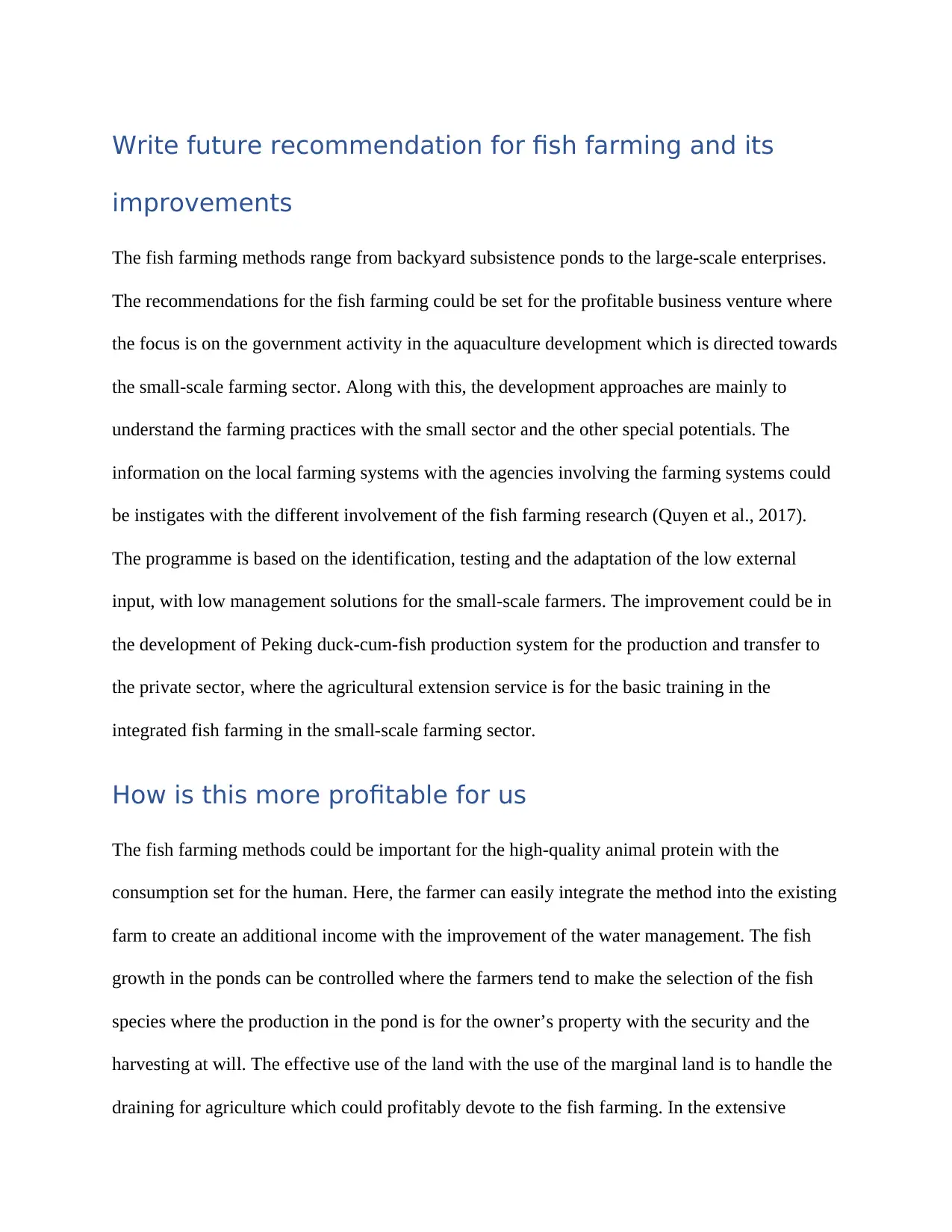

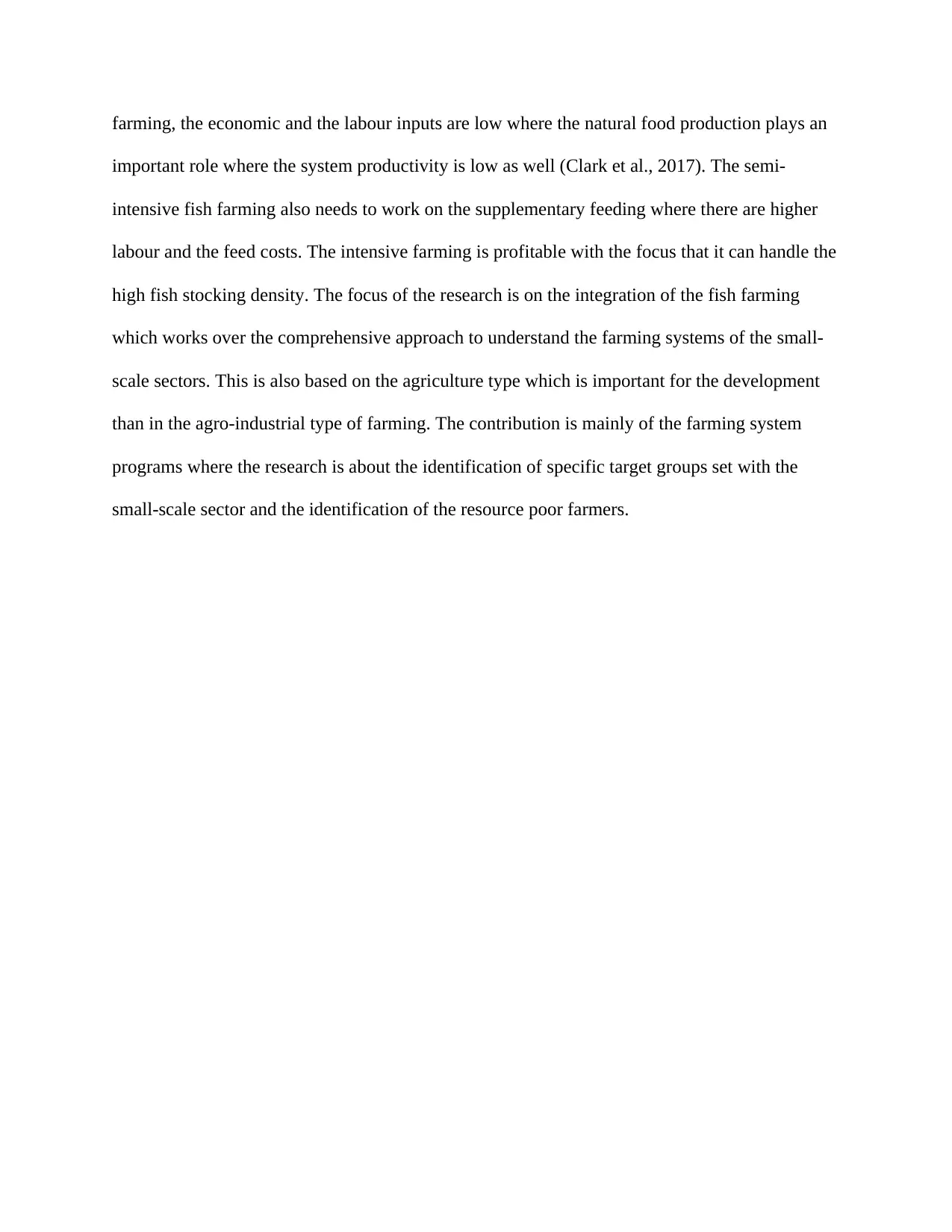
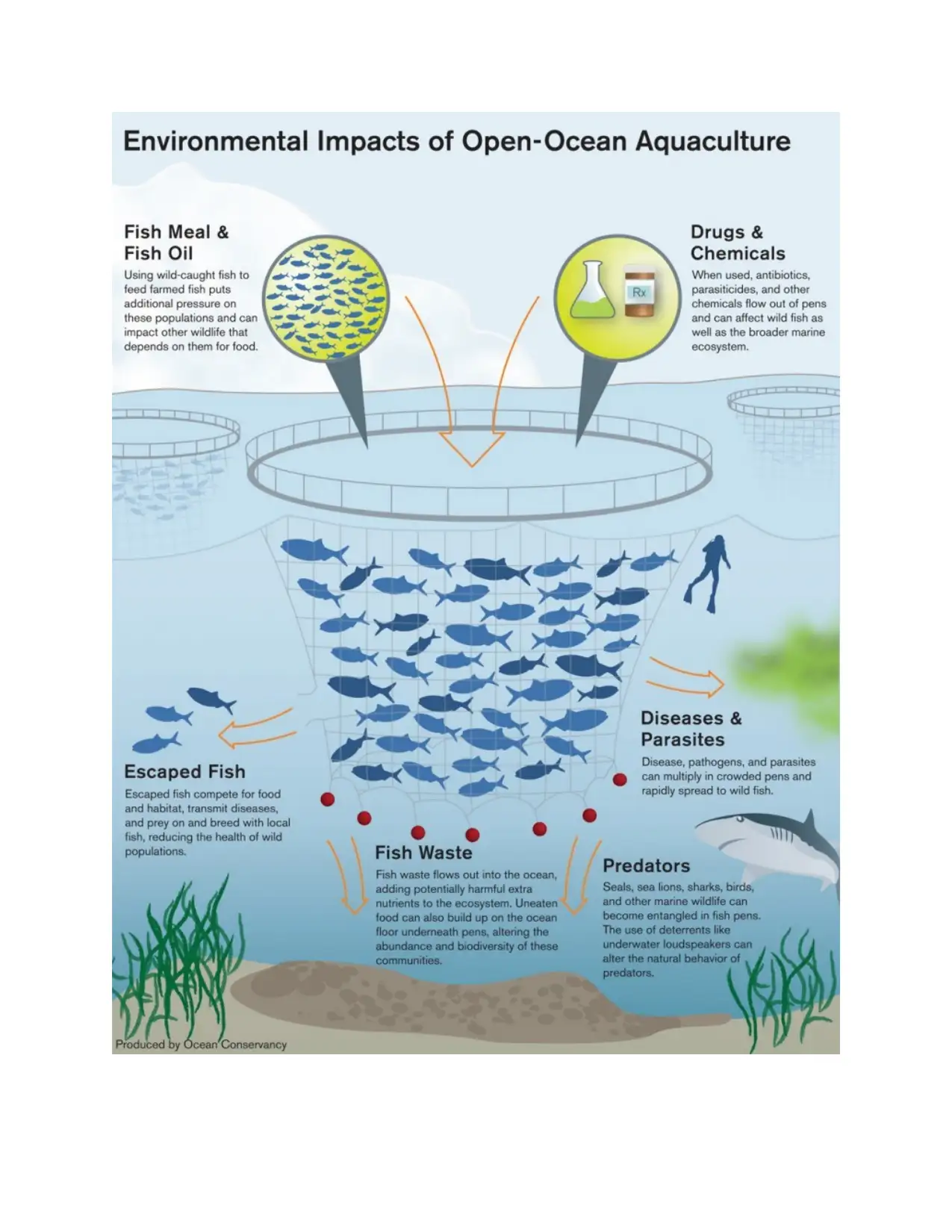
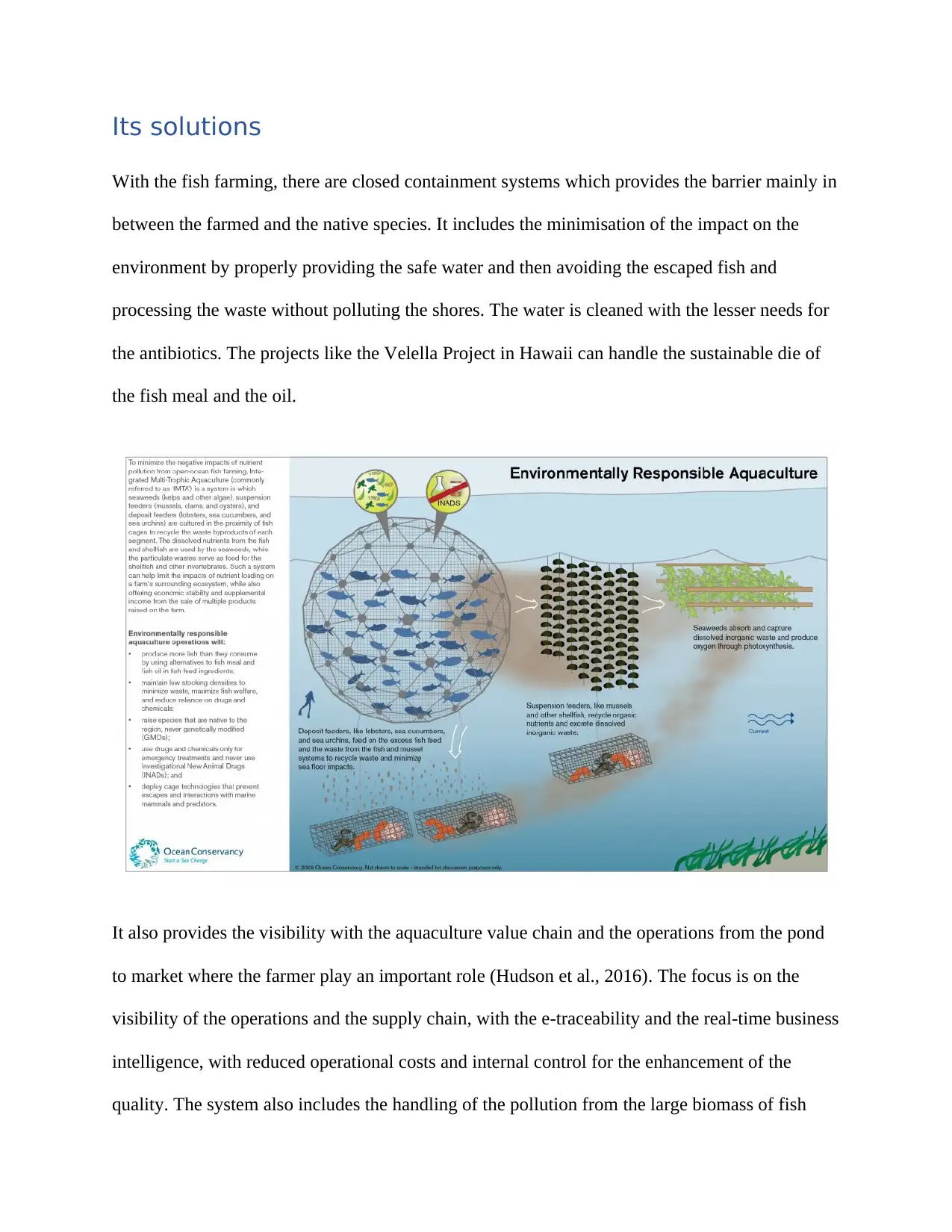
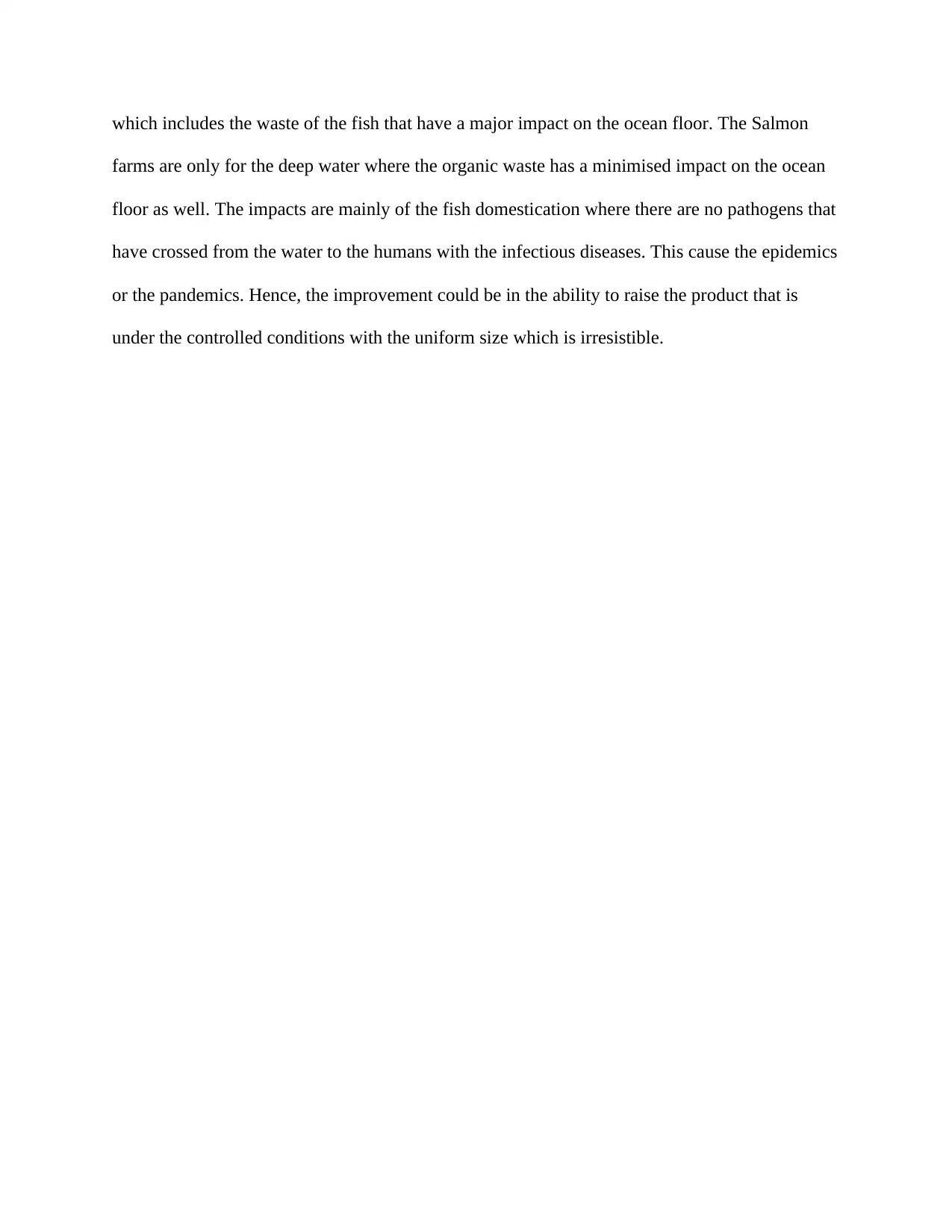







![[object Object]](/_next/static/media/star-bottom.7253800d.svg)